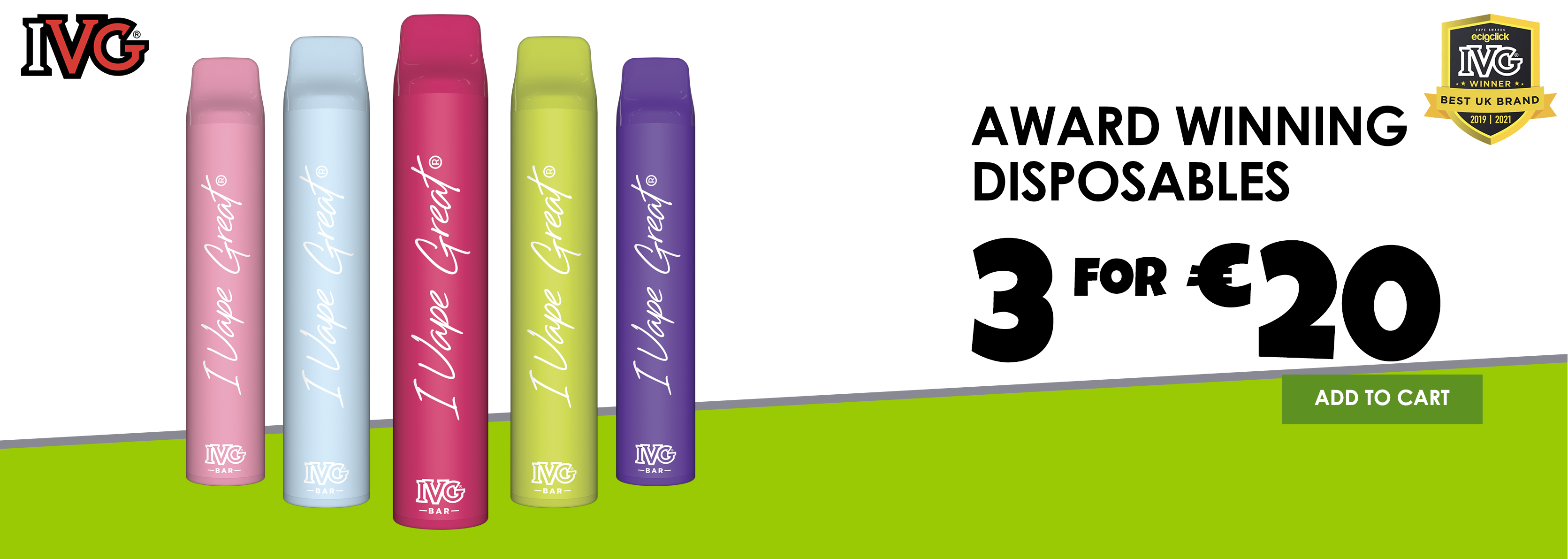Vaping in Ads Encourages Use of E Cigarettes
19 Mar


Posted By
0 Comment(s)
798 View(s)
For many vapers or those who are keen to start vaping, seeing someone else use an electronic cigarette on TV has been proven to encourage the activity. Television advertisements for e cigs that show people actually vaping have been proven to trigger the need for nicotine in those watching, and will see them more readily reach for an electronic cigarette to satisfy their craving. For advertisers this is excellent news, as in the US marketing spend on e cigarettes almost tripled from $6.4 million to $18.3 million between 2011 and 2012 and has continued to grow ever since.
Intensive Vaping Studies
A study conducted by Joseph N. Cappella PhD and Erin K. Maloney PhD at the University of Pennsylvania’s Annenberg School for Communication aimed to prove that smokers who witnessed vaping on TV were more inclined to crave nicotine and to light up than those who did not watch the ads.
884 participants took part in Cappella and Maloney’s study, and of these 301 were daily smokers, 21 smoked intermittently and 311 previously smoked but had given up. The participants were split into three groups, with one watching TV adverts that featured vaping, another watching electronic cigarette ads that did not feature the actual act of vaping and a third group that was asked to answer questions based on unrelated media. All participants' urge to vape was measured and compared, and the results were incredibly clear cut.
Important Results
Essentially, the group that saw vaping taking place all had a much higher urge to smoke, with the daily smokers finding the visual cues especially enticing. The focus group that watched the electronic cigarette ads without vaping also reported they felt the need to smoke, whilst the third group reported that not seeing or discussing anything related to vaping or smoking had no influence on their cravings or lack thereof.
This study was especially important in the light of the millions spent on e cigarette advertising across the globe, and it’s a clear indication that the power of visual marketing is a strong one. Based on these studies, marketers will more than likely make use of visual cues when creating adverts, and we can expect to see a lot more vaping taking place on TV in the near future.


